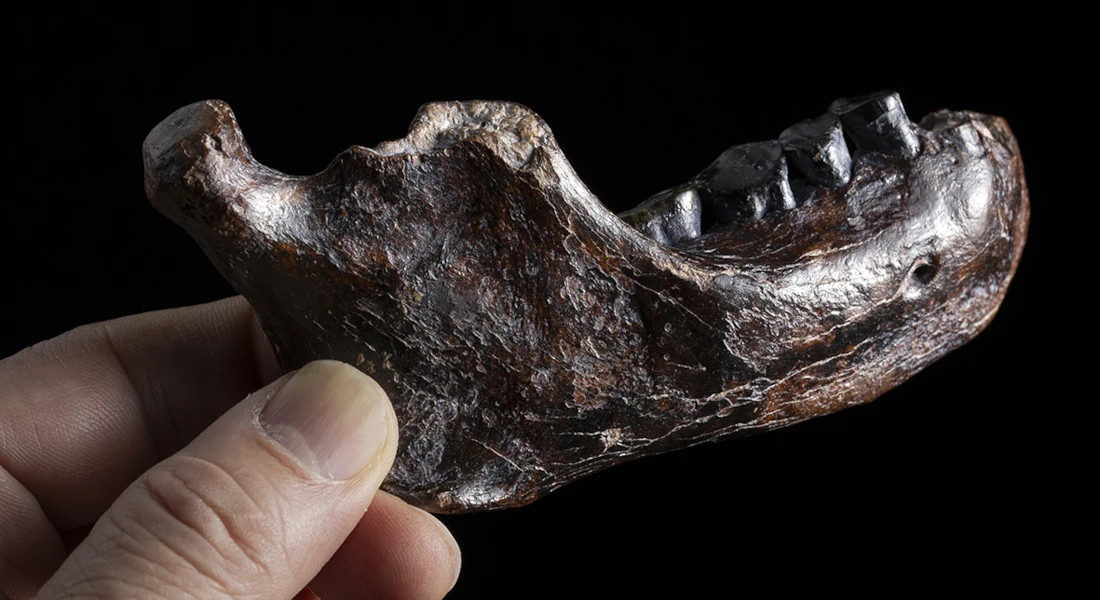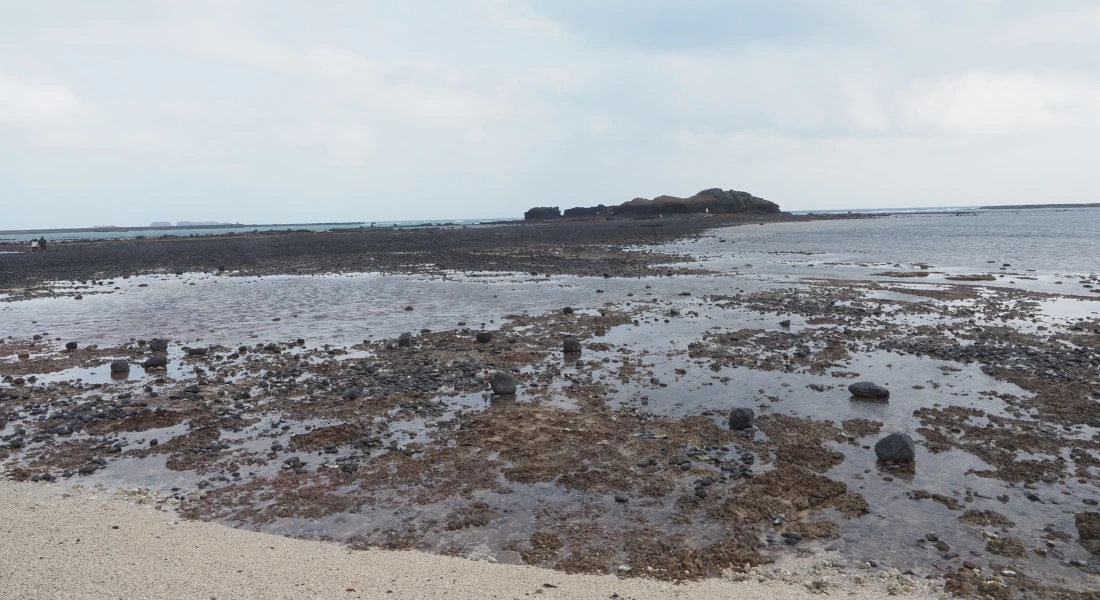A male Denisovan jawbone from Taiwan expands the known geographic range of this extinct human group
A team of international researchers based in Denmark, Japan and Taiwan has made a significant breakthrough in the field of paleoanthropology with the attribution of a Pleistocene mandible from Taiwan to a male Denisovan. The study reveals new insights into the distribution and anatomy of Denisovans, an extinct hominin group

An important advancement in human evolution studies has been achieved after an international team of researchers has identified the prehistoric human mandible found off the coast of Taiwan, and known as Penghu 1, as belonging to a male Denisovan. Denisovans are a group of extinct archaic humans previously known primarily from fossils found in Siberia and Tibet. The study used innovative palaeoproteomic methods to confirm the identity of the fossil, significantly expanding the known geographical range of Denisovans and shedding light on their physical characteristics and adaptability.
The Penghu 1 mandible was recovered from the seabed in the Penghu Channel, an area that was part of the Asian mainland during Pleistocene-era low sea levels, and its age is estimated to be between 10,000-70,000 or 130,000-190,000 years old. While morphologically distinct and archaic, its exact placement in the evolutionary tree remained uncertain until now, because previous attempts to extract DNA had failed.
“Identifying Penghu 1 as Denisovan confirms inferences from modern human genetics that these ancient hominins were widespread across eastern Asia and adapted to diverse environments, from the cold north to warmer, humid regions like Pleistocene Taiwan.”, says Dr. Takumi Tsutaya, Assistant Professor at the Research Center for Integrative Evolutionary Science, Graduate University for Advanced Studies, co-leading author on the paper, and leader of the Japan Science and Technology Agency FOREST project. “This discovery is crucial because it provides direct molecular evidence of Denisovans far from the initially discovered sites in Siberia and Tibet.”, adds Dr. Rikai Sawafuji, Lecturer at the Faculty of Social and Cultural Studies, Kyushu University, and co-leading author on the paper. Dr. Tsutaya and Dr. Sawafuji carried out the palaeoproteomics research of the Penghu 1 mandible while based at the Globe Institute, University of Copenhagen.
Advances in palaeoproteomic extraction methods
By analyzing 4,241 amino acid residues from 51 proteins, the scientists identified two protein variants specific to Denisovans in the Penghu 1 sample. Phylogenetic analysis further confirmed that the mandible clusters with Denisovans, distinctly separate from Neanderthals and modern humans.
“The proteome recovery achieved for the Penghu 1 mandible is testimony to years of methodological development on the sampling, extraction, and analysis of ancient protein fragments. With the newly available methods and molecular and morphological insights gained, palaeoproteomics is ready to study further possible Denisovan fossil material”, says Frido Welker, Associate Professor at the Globe Institute, University of Copenhagen, co-senior author on the paper, and leader of the European Research Council Starting Grant “PROSPER” project.

The Penghu islands at low tide. The Penghu 1 mandible was recovered from the seabed of the Penghu Channel, which was connected to the Asian mainland during glacial periods. Credit: Takumi Tsutaya.
A male Denisovan
Furthermore, the recovery of the variant of the amelogenin protein that is coded on the Y chromosome (AMELY), by non-destructively etching the tooth enamel with a drop of acid, confirmed the specimen belonged to a male individual.
“Thanks to the surprisingly high protein recovery, we confidently assigned the specimen to a male individual in less than 24 hours from the moment it arrived in the lab. You don’t see that every day!”, says Enrico Cappellini, Professor at the Globe Institute, University of Copenhagen, co-senior author on the paper, and leader of the European Research Council Advanced Grant “BACKWARD” and Proof of Concept Grant “SSPIN” projects, as well as coordinator of the Marie S. Curie European Training Network “PUSHH”.
The identification of Penghu 1 provides direct fossil evidence supporting the widespread distribution of Denisovans across diverse environments in eastern Asia, from the cold north to the warmer, humid conditions of subtropical Taiwan during the Pleistocene. The study also highlights distinct physical traits shared by Denisovan fossils like Penghu 1 and the Xiahe mandible from Tibet, including robust jawbones and large teeth, which contrast markedly with their sister group, the Neanderthals. These findings suggest Denisovans developed unique physical characteristics after splitting from the Neanderthal lineage over 400,000 years ago.
When the Penghu 1 mandible was described about 10 years, its robust morphology suggested a primitive assignment within the genus Homo, but without further clarity on its exact evolutionary relationship to modern humans, Neanderthals, or other hominin populations. The combination of palaeoanthropology, biochemistry, proteomics, and population genomic methods employed in the field of palaeoproteomics now conclusively resolves its population assignment as a Denisovan.
Publication
The full research findings are detailed in the paper titled "A male Denisovan mandible from Pleistocene Taiwan," published in the journal Science. https://doi.org/10.1126/science.ads3888
Main fundings
European Research Council (ERC) under the European Union’s Horizon 2020 research and innovation program, grant agreement 948365 (PROSPER) (F.W.)
ERC under the European Union’s Horizon 2020 research and innovation program, grant agreement 101021361 (BACKWARD) (E.C.)
ERC under the European Union’s Horizon 2020 research and innovation program, grant agreement 101138962 (SSPIN) (E.C.)
Marie Sklodowska-Curie training network, under the European Union’s Horizon 2020 research and innovation program 861389 (PUSHH) (E.C.)
Contacts
Associate Professor Frido Welker
Globe Institute, University of Copenhagen, Copenhagen, Denmark
E-mail: frido.welker@sund.ku.dk
TEL: + 45 35326422
Professor Enrico Cappellini
Globe Institute, University of Copenhagen, Copenhagen, Denmark
E-mail: ecappellini@sund.ku.dk
TEL: +45 35321338
